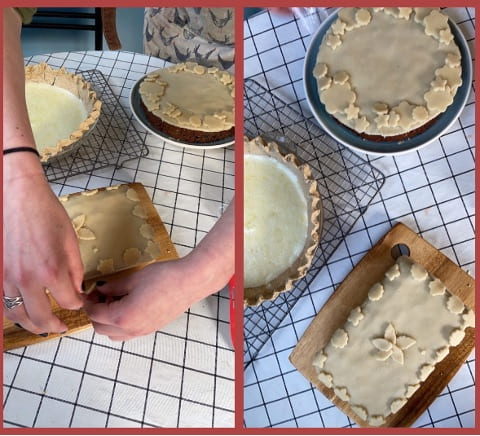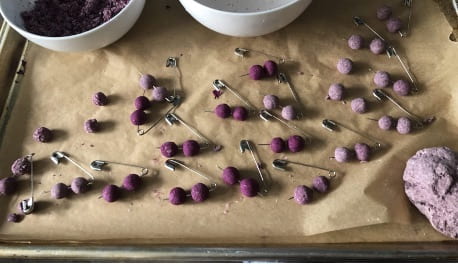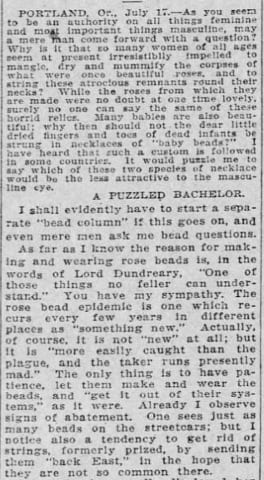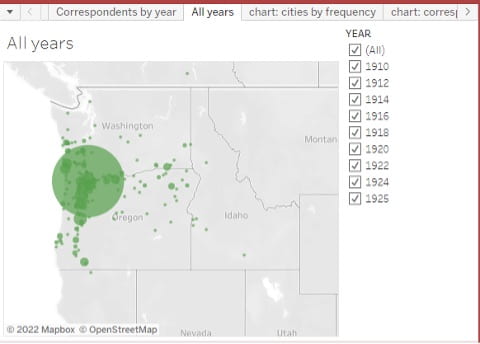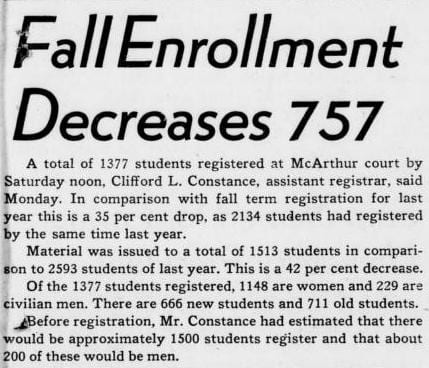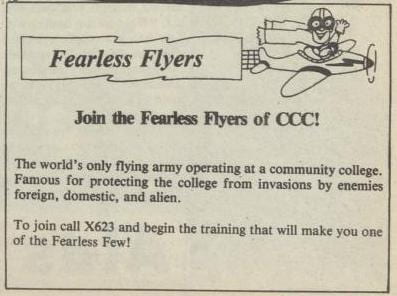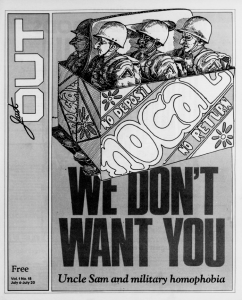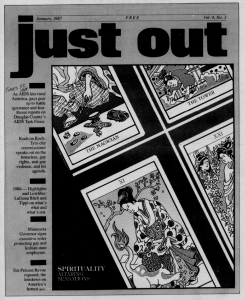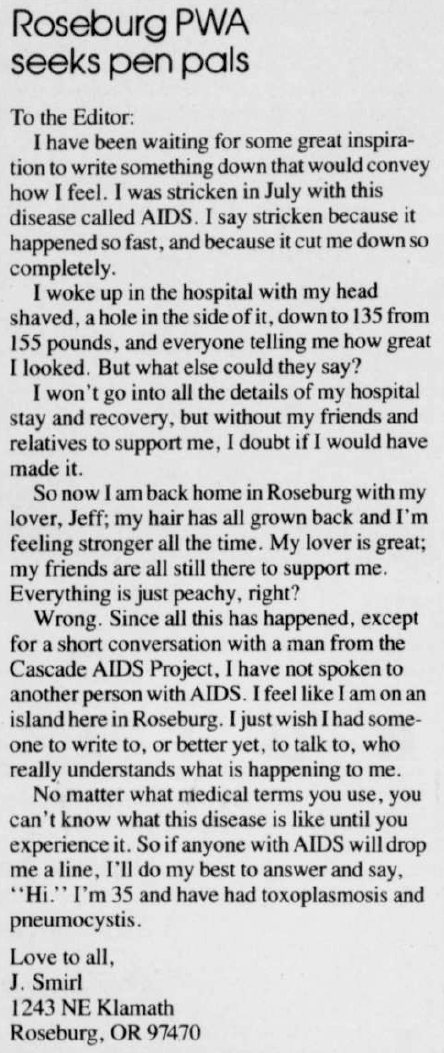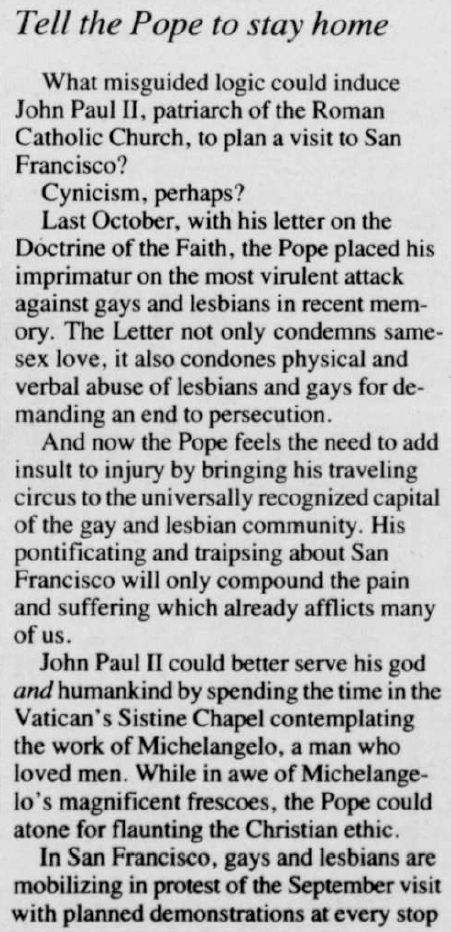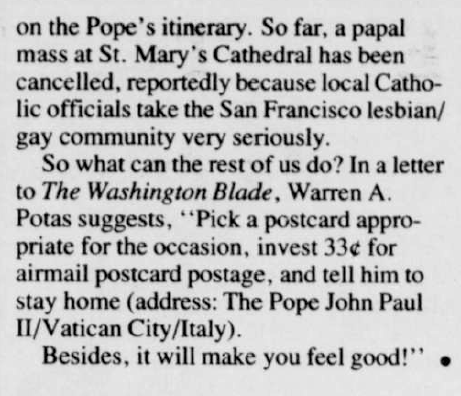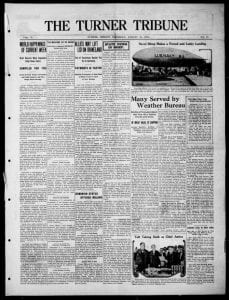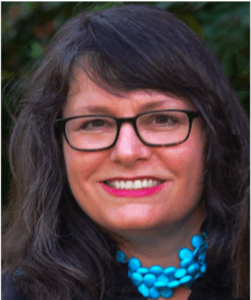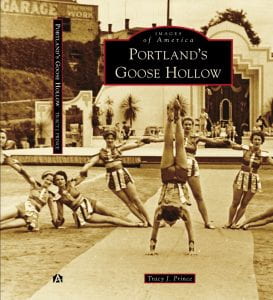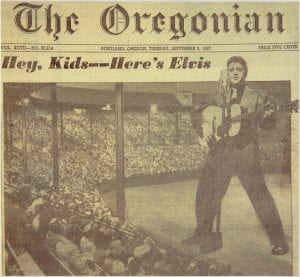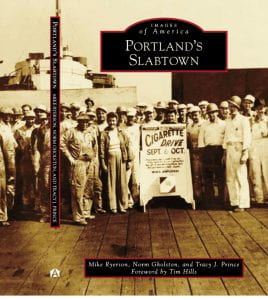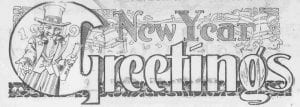This post was created by Allia Service, class of 2022.
The history of home cooking, and women’s household labor is often obscured by a lack of obvious sources. ODNP offers a window into this world through women’s pages and food sections, which were both common in 20th Century newspapers. The Sunday Oregonian included a cooking advice column written by Lillian Tingle, that provides an intimate view into the home kitchens of Oregon women.

Sunday Oregonian, December 24th, 1922, Page 48. https://oregonnews.uoregon.edu/lccn/sn83045782/1922-12-24/ed-1/seq-48/
In the winter and spring of 2022, I researched home cooking in Oregon through Tingle’s home cooking correspondence column (1908-1929). I first wrote my undergraduate history capstone, and then created a digital humanities (DH) project. The project centers on women from across the Pacific Northwest who wrote to Tingle with questions that ranged from broad to specific. What united all of Tingle’s correspondents was that they were navigating big changes to U.S. food ways as more women had to cook for themselves instead of relying on servants and home economics blossomed. My project includes a map representing the geographic distribution of Tingle’s correspondents over time and a historical food blog, which investigates Tingle’s recipes, the relationship between Tingle and her correspondents, and connections between Tingle’s column-community and modern online food content.
For this project, I read hundreds of Tingle’s columns between 1910 and 1925. The Sunday Oregonian was long, usually 50-100 pages. ODNP’s search tools helped me quickly find the columns so I could use my time for research instead of slogging through hundreds of pages I didn’t need. I enjoyed getting a sense of questions and anxieties that plagued housewives in the kitchen. For the food blog, I recreated some of Tingle’s most popular recipes and highlighted some of the best stories from the column.
One of my posts focuses on a strange fad that swept through Portland in 1912 called “rose beads.” The first few times I read about rose beads I had no idea what they were. Since Tingle’s column focused almost exclusively on food, I assumed they were edible, maybe a dessert? In fact, they are decorative beads made from rose petals. The fad is somewhat incomprehensible from a modern standpoint. The beads usually turn out black or grayish, sometimes dyed red or pink, shriveled and decidedly homemade.
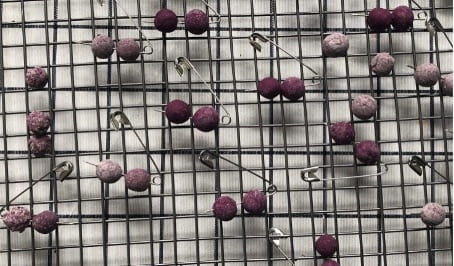
My attempt at rose beads produced these unattractive purplish-gray beads that only became grayer and dustier as they dried.
And yet, Tingle’s column was overrun with requests. On July 21st, 1912, alone 6 out of 8 correspondents wrote in with questions about rose beads. Tingle became increasingly exasperated as her column, previously full of recipes for bread, canned food and cake, was hijacked with pleas for help with an inedible decoration. She wrote in 1912, “When the rose bead fever seizes a victim nothing can be done but provide the necessary recipes and materials and wait in patience for the attack to pass.” Even a “puzzled bachelor” wrote in July of 1912 to express his curiosity:
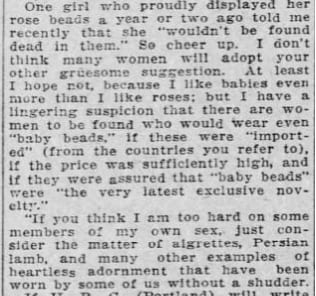
Tingle, Lilian. “Answers to Correspondents.” Sunday Oregonian, July 21, 1912, Page 56. https://oregonnews.uoregon.edu/lccn/sn83045782/1912-07-21/ed-1/seq-56/
Both Tingle and the puzzled bachelor are dismissive of women and their hobbies. Men also participate in seemingly frivolous fads and trends, but society generally does not judge them as harshly. Although after making the beads for myself, I have to agree with the puzzled bachelor, the roses were far more beautiful before being mangled and mummified.
Women’s Pages and ODNP
Tingle’s column provided an invaluable resource to hundreds of people in the early 20th Century and represents a transition toward reliance on ‘experts’ to learn household skills like cooking. It gives us a window into a period of transition, especially for middle-class housewives both in cities and rural areas. The Sunday Oregonian was a regional paper and many people outside of the Portland area only got the Sunday edition, which is reflected in the makeup of Tingle’s correspondents. Over the columns I studied, about 50% of correspondents were from Portland. The rest were scattered among 214 localities across the west. Which indicates that Tingle’s appeal, and the appeal of domestic science wasn’t just for city women. To investigate this geographic diversity, I created an interactive map that displays the distribution of Tingle’s correspondents over time.
Tingle’s column was part of a robust women’s section in The Sunday Oregonian. Unlike smaller Oregon papers from the time, it is full of illustrations, graphic advertisements, and content beyond standard news. The Sunday Oregonian is far from the only paper in ODNP to include a women’s section or food journalism. According to historian Kimberly Wilmot Voss, women’s pages in newspapers started appearing in the late 19th Century, and often covered society, fashion, ‘women’s news,’ and food. Food pages didn’t become prominent until the 1950s, but food columns and sections certainly existed before the mid-century boom. They were sometimes included in the women’s page or sometimes a separate entity, but they were often written by women. The women’s pages and food sections were both places were women journalists innovated and participated in important, often overlooked journalism, and they were cages that newspaper editors used to prevent women from accessing the prestigious ‘hard news’ sections. Here is a list of just a few ODNP papers that include women’s pages and/or food sections during some, or all, of their run, there are undoubtedly many more:
- Klamath news 1926-1931
- Oregon city enterprise 1891-1922
- La Grande evening observer 1904-1959
- Roseburg news review 1920-1945
- Capital journal 1919-1980
- The Oregon daily journal 1902-1972
- The Oregon statesman 1918-1994
- East Oregonian 1888-2019 (From 1916-1918 this paper includes a common supplement promoted by the federal government called “daily chats with the housewife” about war rationing)
In “The Significance of Trivia,” celebrated historian Laurel Thatcher Ulrich talks about why the history of household labor is important and how she found historical meaning in the diary of a midwife in which previous historians saw no value. She quotes a history of childbirth which concluded that the diary “is filled with trivia about domestic chores and pastimes.” By taking both a qualitative and quantitative approach to the diary, Ulrich found enormous meaning, and encouraged historians to pay “attention to the mundanities (and profundities) of housework.”
One of the goals of this project was to encourage more investigation into the history of home cooking as seen in newspapers, since ODNP is open access, it is an incredible resource where anyone can do this kind of research. What we eat, how we think about food, and the people who prepare it can give us a window into an understudied aspect of American social and political history.

